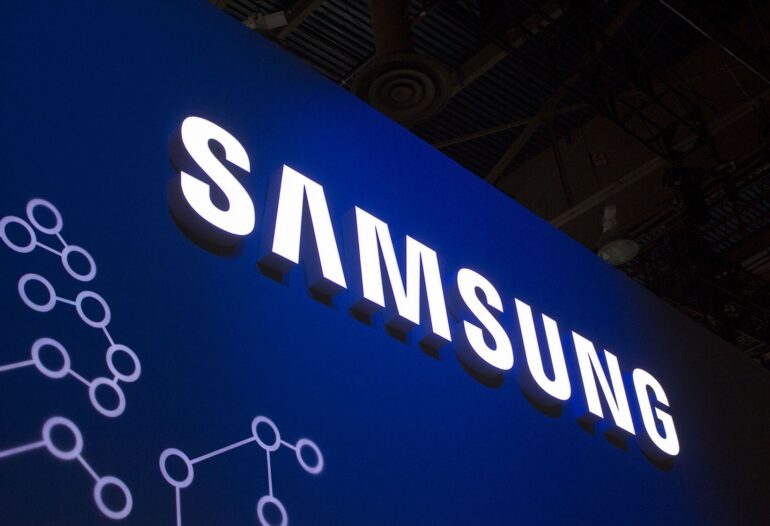TL;DR:
- Samsung Electronics has started developing its own Large Language Model (LLM) for internal use.
- The project is being led by Samsung Research, with a significant investment in manpower and resources.
- The first version of Samsung’s LLM is expected to be completed within two months.
- The LLM will be used for document summarization, software development, and language translation.
- Samsung aims to reduce the time needed for software development and semiconductor design.
- The decision to develop its own LLM comes after internal data leakage while using third-party AI solutions.
- Other South Korean firms are also developing their own LLM-based generative AI solutions.
Main AI News:
It is interesting to hear that Samsung Electronics has started the full-fledged development of its own Large Language Model (LLM) for internal use. The project is being led by Samsung Research, and the company has invested significant manpower and resources into its development. The development of the first version of Samsung’s LLM is expected to be completed within two months.
Samsung plans to utilize its LLM for document summarization, software development, and language translation. However, the company has not yet made a decision on whether it will make its AI solution available to general consumers. The motivation behind Samsung’s decision to develop its own AI solution stems from the leakage of its internal data while using third-party generative AI solutions, including ChatGPT. As a result, the company banned the use of third-party solutions and embarked on the development of its own AI solution.
Samsung believes that such AI solutions can significantly reduce the time required for software development and semiconductor design, which are crucial areas for the company. Previously, Samsung had been in discussions with various firms, including Google, Microsoft, Naver, and OpenAI, but the company’s top-level management, including Lee Jae-yong, decided to develop its own AI solution.
It’s worth noting that several other South Korean firms, such as Kakao, LG, Naver, and SKT, are also developing their own LLM-based generative AI solutions. These solutions aim to mimic human-like drawing and writing capabilities. However, ensuring data accuracy and maintaining information privacy remain significant challenges for these companies.
Overall, Samsung’s decision to develop its own LLM showcases the growing interest and investment in AI technologies within the industry. It will be intriguing to see how Samsung’s LLM progresses and how it compares to other existing solutions in terms of performance, capabilities, and security.
Conclusion:
Samsung’s decision to develop its own Large Language Model (LLM) for internal use indicates the company’s determination to leverage AI technologies for document summarization, software development, and language translation. By investing in their proprietary LLM, Samsung aims to enhance efficiency and reduce development time in critical areas such as software and semiconductor design.
This move aligns with the broader trend of companies seeking to develop their own AI solutions to maintain control over data security and privacy. As multiple South Korean firms are also working on LLM-based solutions, it highlights the competitive landscape and growing interest in generative AI technology. The market can expect increased innovation and competition in this space as companies strive to offer advanced language processing capabilities.

